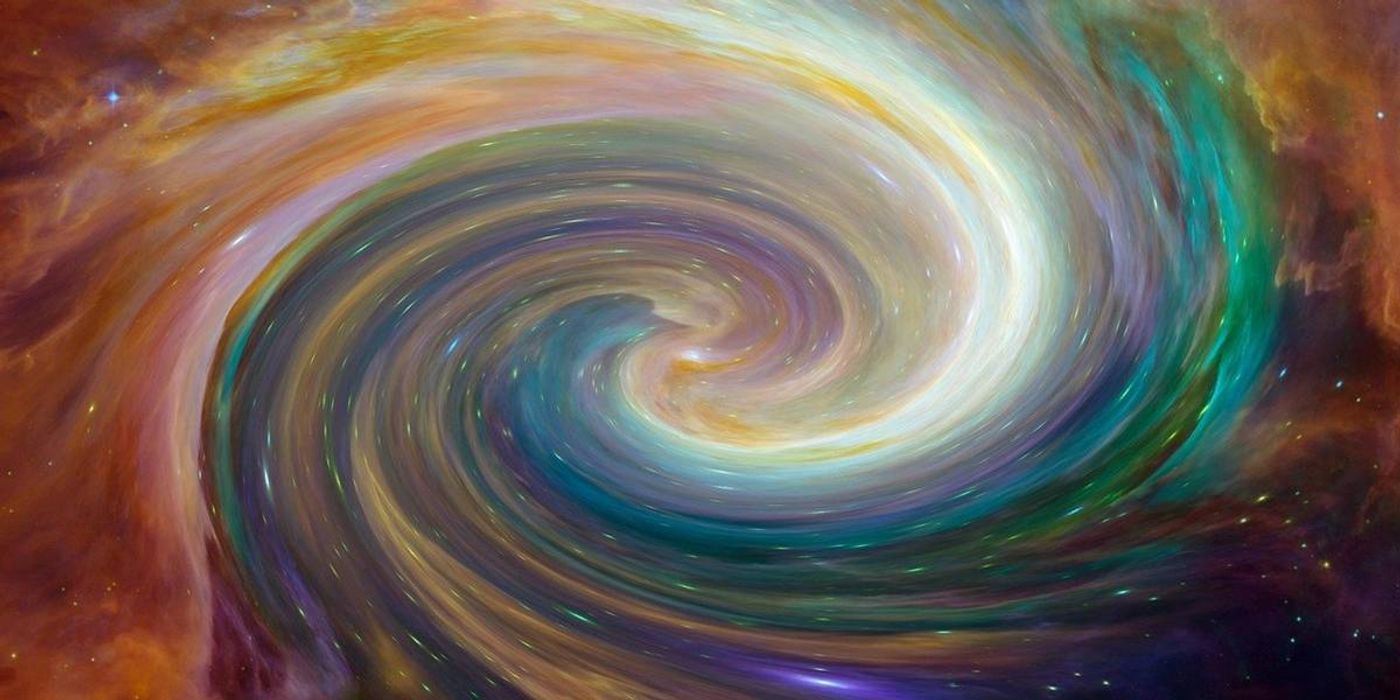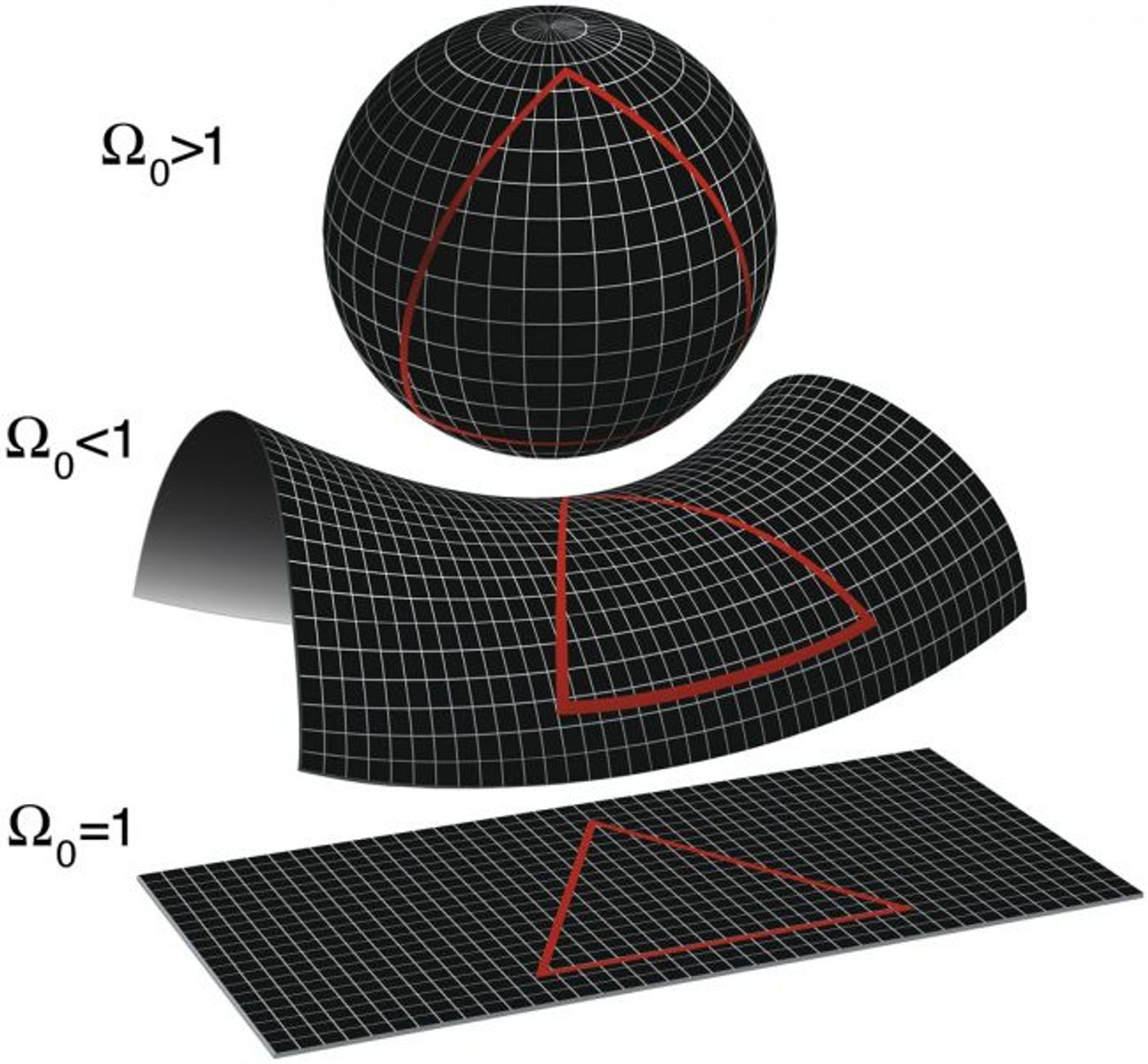Physics in Peril? (Part III) - A Problem at A Cosmic Scale
It is safe to say that astrophysicist Edwin Hubble redefined the universe as we knew back in the early 20th century.
Not only did he found irrefutable proof that there are many other worlds beyond our home galaxy, but Hubble also discovered that our galactic neighbors are running away from us at a rate proportional to their distance, proving that our universe is expanding.
Standing on Hubble's shoulders, scientists these days are able to gaze deep into space and explore the history of the cosmos back to the moment of Big Bang. However, amid the fast progress made in the past century, they also found themselves in a pickle when it comes to answering some of the most fundamental aspects of our universe - no one is sure about how fast our universe is expanding and how old it is.
The starting point of their peril traces back to Hubble. By combining his own estimate of the intergalactic distances with the redshifts measurements of our neighboring galaxies (conducted by astronomer Vesto Slipher), Hubble concluded that our neighbor galaxies are receding at a rate now known as the Hubble constant (H0).
Based on the calculation performed on the 46 galaxies he studied, Hubble estimated that our universe is receding at a speed of 500 kilometers per second per megaparsec (km/s/Mpc). After a century of continuous efforts in improving the original measurement, cosmologists have come up with two distinct methods that can measure H0 with much higher confidence and precision.
To most people's surprise, the measured values, both of which dropped Hubble's estimate by 7-fold, don’t match. The small yet significant gap baffled scientists and stirred up uncertainty around our most principle understandings of the universe.
The Crisis in Cosmology (PBS Space Time)
Using the Hubble Space Telescope and Gaia Space Observatory, scientists performed localized distance measurement of the Cepheid variables, a category of distant stars whose light pulsate with changing brightness. Their results point to an expansion rate of 73.5 km (45.6 miles)/s/Mpc.
A second international group known as the Planck Mission studied the ripples in the cosmic microwave background (CMB) – the echo of electromagnetic radiation from the toddlerhood of our universe billions of years ago. Their observation led to a H0 value in the neighborhood of 67 kilometers (41.6 miles)/s/Mpc in 2015.
The seemingly minuscule discrepancy is no big deal, right? Except both measurements were highly precise, which only gave both numbers 1 mile/s/Mpc in terms of wiggle room. For anyone who knows about math and statistics, the tiny difference means that the two are entirely different values.
Since the speed of how fast the cosmic bodies recede is proportional to their distance from us, and everything starts in a tiny dot before the Big Bang. Therefore, H0 is critical in help us estimate the age of our universe. Because we have two different H0 values, the age of our universe could be 14.5 billion years according to the telescope-based measurement, or 13.7 billion years from CMB measurement.
A recent independent analysis of CMB data threw an untimely wrench into the already confusing scene. By playing with the geometry of the universe, which could be flat, open, and close, the team of European scientists was trying to resolve some conflicting indications for cosmological parameters within the Planck data set. But one result from their analysis pushed the age of our universe even earlier to 18.3 billion years.
Scientists speculate that the disputes among different measurements could be the results of unknown systematic errors, or straight-up new physics that we have yet discovered.
Many are hoping that with future observations and new telescopes, we will be able to find a way to reconcile the two numbers. Other independent methods for measuring H0, such as gravitational lense or gravitational waves, could provide us new values that lean toward one or the other, thereby solving the problem.
But if the discrepancy persists, what would that mean to science?
Then we'll have a bigger, more intriguing motivation for the quest to understand the universe. Thinking outside of the box and exploring beyond the limits was the original drive that brought science thus far. There's no doubt that this innate impulse of ours would continue to drive all of our scientific pursuits.
Source: PBS Space Time










